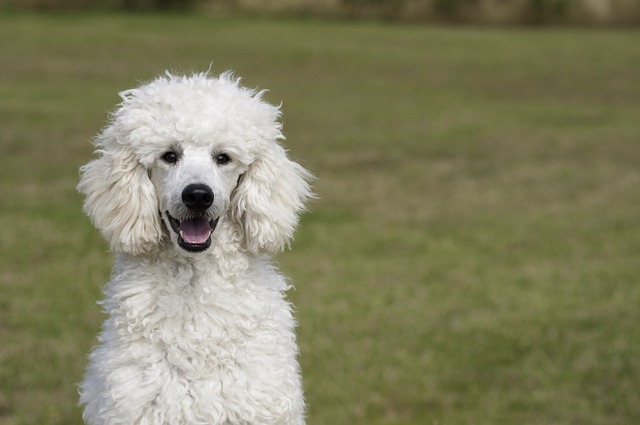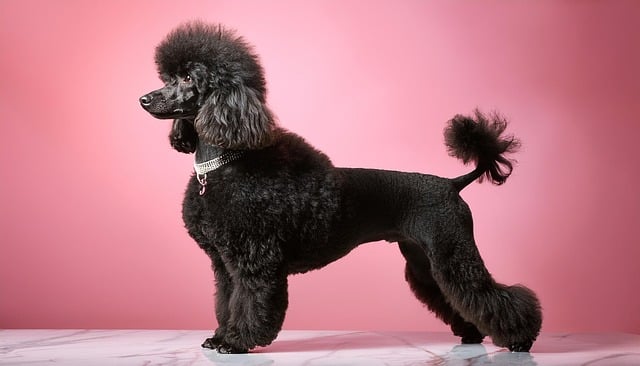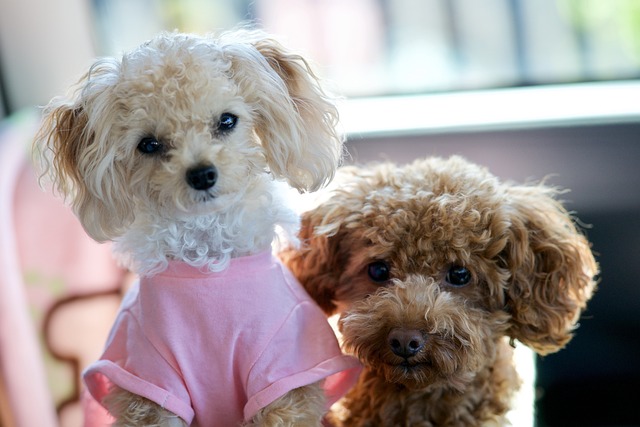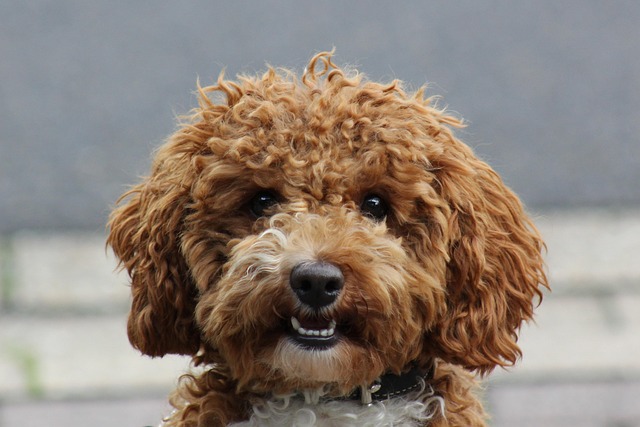
Can I treat parasitic infections in dogs at home
Imagine you’re in your New York City apartment, kneeling on the rug to play with your 8-month-old Beagle, Lola. She’s been nipping at her hind leg nonstop
Imagine you’re in your New York City apartment, sitting on the floor with your 1-year-old Corgi, Charlie. He’s usually zooming around chasing his squeaky toy, but lately, he’s been napping more and turning up his nose at his favorite peanut butter treats. You scroll through Google, wondering: Is this just a lazy streak, or do I need to take him to the vet? If you’re a new US dog owner, this question hits close—check ups might feel like an extra expense, but the truth is, they’re non-negotiable for keeping Charlie healthy and staying on the right side of local rules.
First, let’s break down why check ups matter. Dogs are natural “pain hiders”—it’s a leftover instinct from the wild, where showing weakness made them easy prey. That means by the time you notice obvious signs (like not eating or limping), a problem (like a toothache or mild joint pain) could’ve been bothering them for weeks. Check ups let vets spot tiny red flags you’d miss: a vet in Chicago once found a small ear infection in my friend’s Poodle during a routine visit—something she never noticed, even though the pup had been scratching subtly for days. Puppies need check ups even more: their immune systems are still growing, and shots for diseases like parvovirus (required in every US state) need timed boosters to work. It’s like how kids need regular doctor visits—not just when they’re sick, but to stay healthy.

So what do you do next? Start by mapping out a schedule that fits Charlie’s age. Puppies (up to 1 year old) need check ups every 3–4 weeks until 6 months old—these are for vaccine boosters and tips on apartment-friendly training (like rewarding potty pad use instead of scolding accidents). Adult dogs (1–7 years old) need yearly check ups—use this time to talk about Charlie’s exercise: since you live in an apartment, your vet might suggest two 15-minute walks a day instead of one long one to keep his weight in check. Senior dogs (8+ years old) need check ups every 6 months to monitor organs and joints. Always bring a list of questions (like “Is his napping normal?”) and a tiny treat—rewarding Charlie for calm behavior at the vet makes visits fun, not scary.
Now, let’s tie in US rules and culture. First, vaccines: Skipping check ups means missing mandatory rabies shots—California requires puppies to get their first dose by 4 months old, and Texas fines up to $500 for unvaccinated dogs. If your vet finds a health issue, treat it right away—many cities (like Seattle) have laws requiring owners to address their dog’s pain. Second, community manners: Between check ups, always clean up after Charlie on walks—Boston fines $200 for uncollected waste, even if he seems healthy. And remember: Never punish your dog for being nervous at the vet. Yelling or holding him down breaks trust—US dog culture relies on positive reinforcement, so a treat for sitting quietly goes a long way.
At the end of the day, check ups aren’t just about shots—they’re about knowing Charlie’s “normal.” By making them a habit, you’ll catch issues early, keep him happy, and stay compliant with US pet laws. It’s one of the simplest ways to be the owner he needs.

Imagine you’re in your New York City apartment, kneeling on the rug to play with your 8-month-old Beagle, Lola. She’s been nipping at her hind leg nonstop

Imagine you’re in your Chicago apartment, settling in for a movie night with your 2-year-old Boston Terrier, Luna. She curls up on your lap

Imagine you’re in your Los Angeles apartment, making breakfast while your 1-year-old Corgi, Milo, circles your feet—usually, he’s begging for a scrap of toast

Imagine you’re in your New York City apartment, sitting on the couch with your 6-month-old Golden Retriever, Max. He’s been scratching his ear nonstop

Those reddish-brown streaks around your dog’s eyes aren’t just unsightly—they’re often a sign of constant tearing. Breeds like Shih Tzus and Pugs, with their big, round eyes, are especially prone to this, thanks to their facial structure trapping moisture

Watching your faithful companion grow older comes with a learning curve many pet owners aren't prepared for. While your intentions may be good